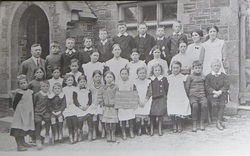Abbotsham Archive
|
People and Property
St Helen's Church Archives
Abbotsham School Archives
Village Life Archives
Other Items
Social History
|
Abbotsham Archive
|
People and Property
St Helen's Church Archives
Abbotsham School Archives
Village Life Archives
Other Items
Social History
|
